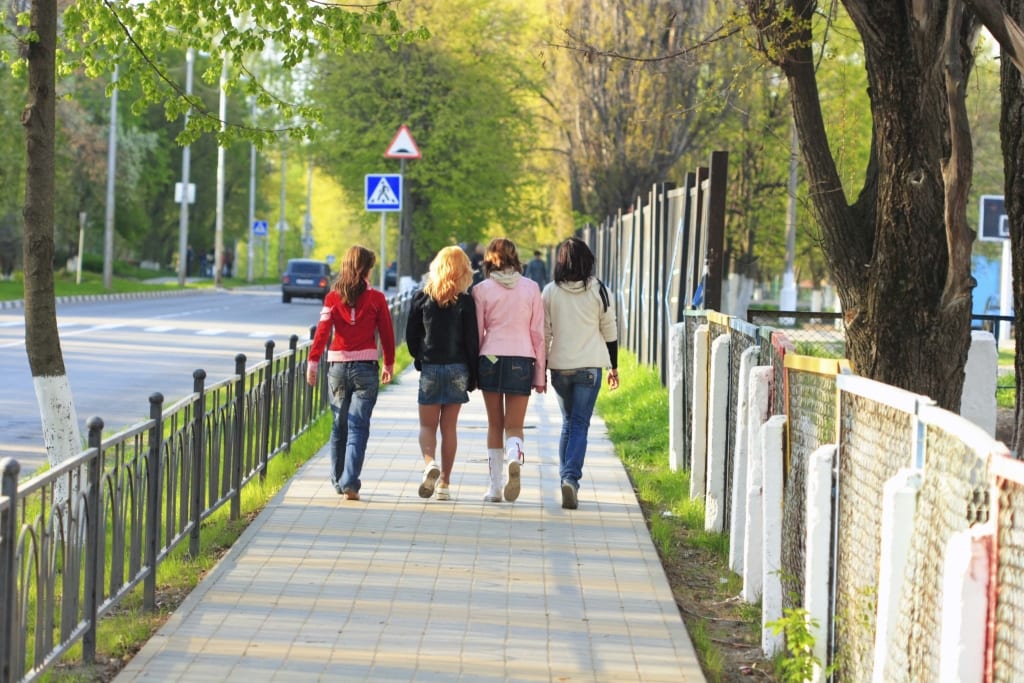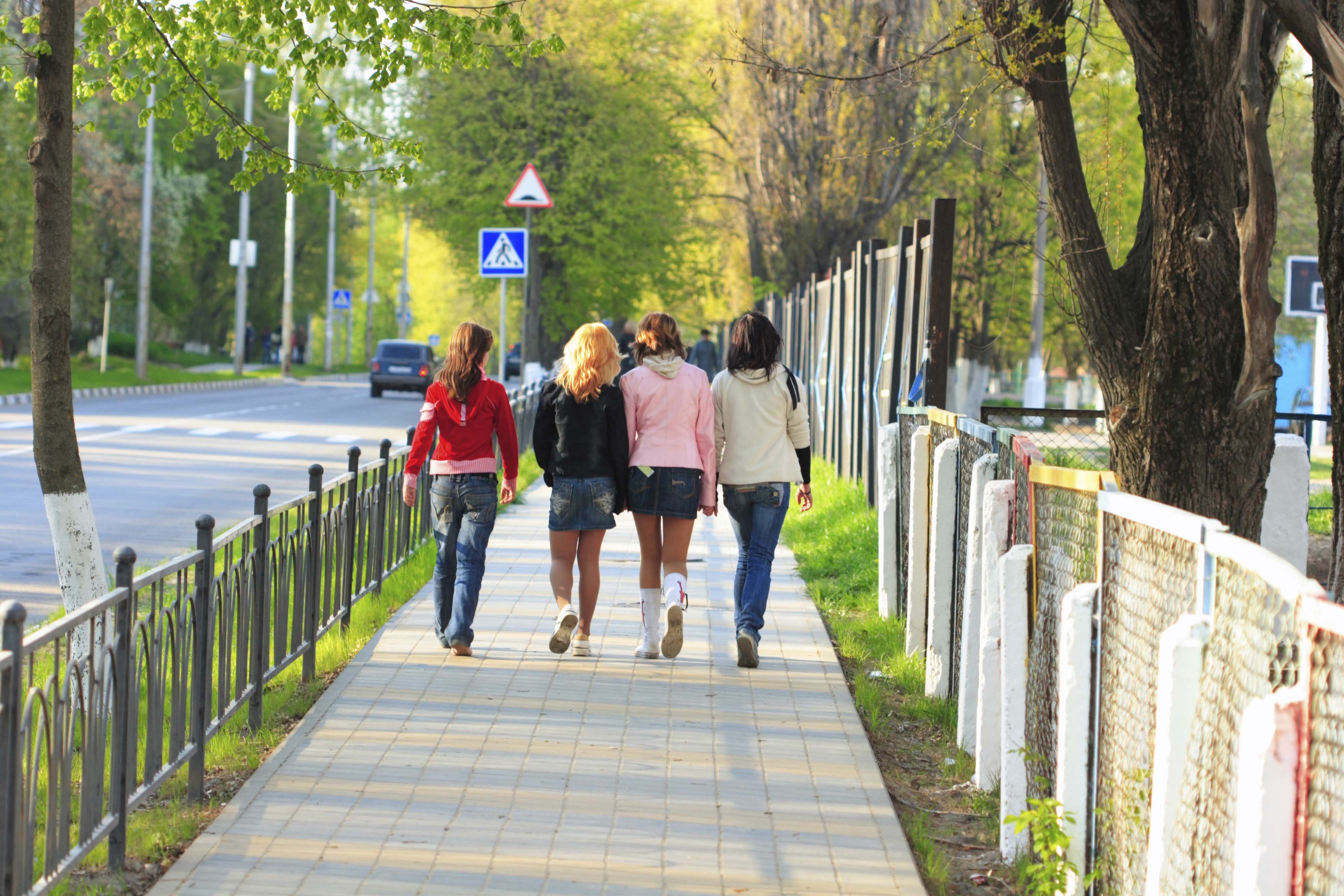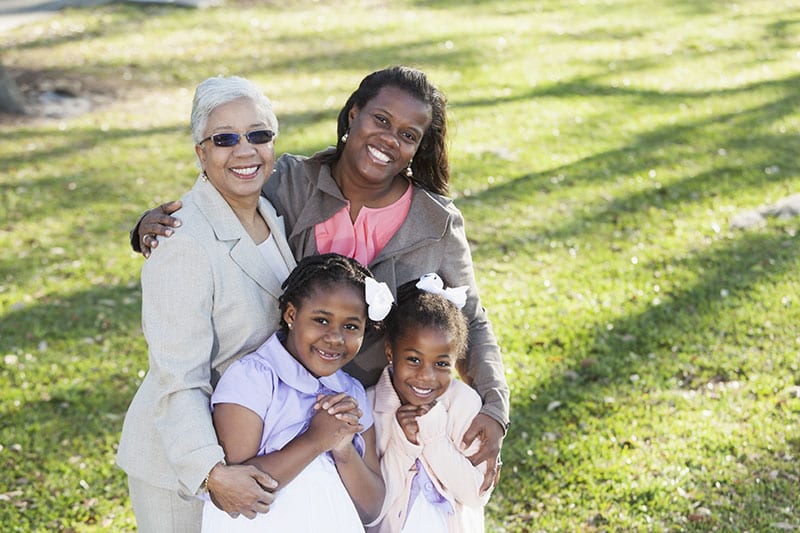Make our communities healthy and violence-free
Community members cannot thrive or enjoy good health unless they are safe. Violence is a public health issue. Violence and fear of violence increase the risk of poor health outcomes and also undermine the community supports and conditions that would otherwise promote health and well-being.1
Violence in its many forms, such as child abuse, domestic violence, sexual assault, gang violence, and gun violence, is a leading cause of injury, disability, and premature death. It impacts the health of individuals, families, and communities, and can be a barrier to healthy eating and active living, community cohesion, and community economic development.2
Feeling unsafe may lead people to avoid walking, biking, or taking public transportation; have fewer interactions with neighbors; keep their children from playing outside; and, stay indoors rather than seek out goods and services they need such as groceries, or medical appointments.3 Safe communities that provide opportunities to be active and eat well support people in making healthy choices.
Indicator Progress
In 2007 (baseline year), 92.4% of Californians adults reported feeling safe in their neighborhoods most or all of the time. The most recent data available show 88.7% (2018). We hope to reach a target of 96.0% or higher by 2022.
Baseline
92.4%
Target
96.0%
Indicator Highlights

Four girls walking along the street.
Walk With Friends
The Health Education Council’s (HEC) HEAL Zone is an initiative that aims to increase healthy eating and enable active living for the more than 13,000 residents living in the South Sacramento Valley Hi neighborhood. The goals of the innovation are to decrease calorie consumption, increase fresh fruit and vegetable consumption, increase physical activity in community settings, and increase physical activity in institutional settings. HEC staff and community partners identified Valley Hi Park as a nexus for increased physical activity, and have begun engaging the community to increase positive park activity, advocate for park and street improvements, and deter negative and violent activity. Read more »
Violence Causes Trauma
Violent injury and the threat of violence cause chronic stress which can lead to mental health problems and chronic physical illnesses.4
Feel Unsafe, Less Active
People who described their neighborhood as not at all safe were more likely to be physically inactive than those describing their neighborhood as extremely safe.5
4x More Likely Overweight
Children of parents who perceived their neighborhood as unsafe were four times more likely to be overweight than those of parents who perceived their neighborhood as safe.5
Community Violence is Preventable
Community engagement allows community members to voice their concerns and be involved in the decision making processes that impact their own neighborhoods.6, 7, 8, 9
Building healthy and safe communities requires collaboration between many partners, including transportation, housing, education, criminal justice, employment, and economic development.10
Disparities & Trends
Exposure to violence has been linked to increased incidence or worsening of many chronic health conditions; including asthma, heart disease, hypertension, and diabetes.4
Safety concerns can negatively affect decisions about healthy behaviors, including walking or playing outdoors and purchasing patterns, limiting access to healthy food.
Violence and fear of violence are major factors that undermine health and worsen health disparities.6
Community violence especially affects young people and people of color, and increases the risk of other poor health outcomes.7
Inequities in exposure: Community safety also has different impacts on girls and women who, start reporting regular incidents of street harassment at very young ages.8
The level of safety someone feels changes from community to community and even from block to block because safety is not evenly distributed.1
Communities where there are many risk factors (e.g., high poverty, unemployment, and crime) are more likely to experience multiple forms of violence.1
The devastating social impacts of violence include lower academic achievement, lower employment productivity, and the breakdown of connections among families and communities.1
Research has shown that strong social networks correspond with significantly lower rates of homicide and alcohol and drug use9
Percent of Adults Who Report They Feel Safe in Their Neighborhoods All or Most of the Time, Over Time
Percent of Adults Who Report They Feel Safe in Their Neighborhoods All or Most of the Time, by Demographic Category
Percent of Adults Who Report They Feel Safe in Their Neighborhoods All or Most of the Time, by County
|
Share Your Story
Want to engage in moving the dial on Creating Healthy Communities goal? Share your impact story!


